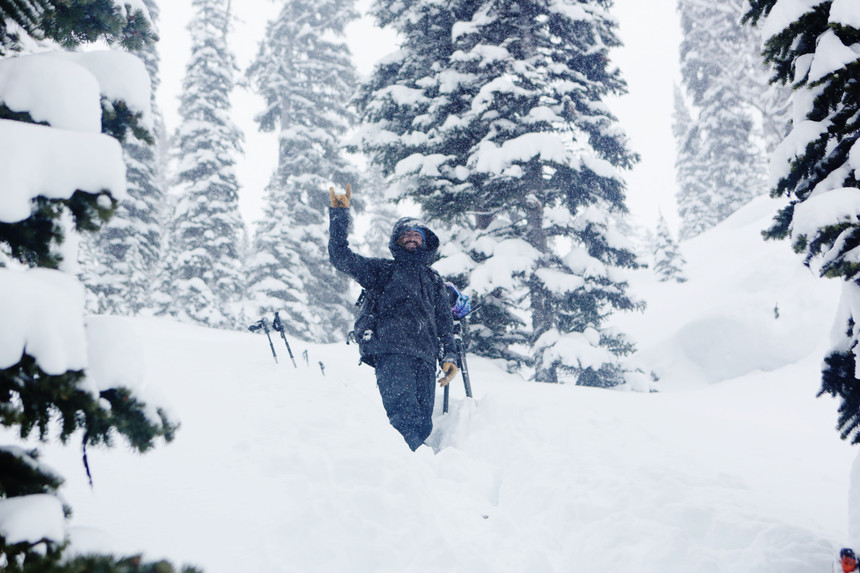
Dutch Simpson giving a salute to the camera in unending snowfall. Nick Koldenhoven photo.
They said go to Canada. They said film a ski movie. They said do it in tents, in the middle of winter, in the middle of the storm. It will be great they said.
TGR cameraman Dutch Simpson just returned from the Canadian woods, where he was filming a segment for Teton Gravity Research's upcoming film, Far Out. The team was flown out of Kaslo, British Columbia, by Stellar Heli, dropped with all their gear for 10 days of camping and skiing pillow lines in the Purcell mountain range. The conditions for skiing couldn’t have been better with over four feet of fresh snow falling. But the conditions for filming couldn’t have been tricker. What goes into making a film segment? How are trips planned? And how do you charge, offload, and dry cameras and footage while you’re in the middle of nowhere and it hasn’t stopped snowing?
We decided to pose those pressing questions to Mr. Simpson so he might enlighten our readers about just how much blood, sweat and Gore-Tex goes into making a film segment in unending snowfall.
TGR: What is the planning process like for trips like this? How much time did you have to prepare for this trip?
DS: The preproduction started with Ian McIntosh and Dane Tudor talking about this trip idea while on last year’s glacier camping trip.
They expressed how rad camping and skiing is and how cool it would be to do it in January for pillows instead of just April for alpine lines. We knew going into it we just needed to find a zone with pillows and pow. We worked with CMH starting in November which ended up not working out. Luckily, we were able to pivot really fast with a different heli op, Stellar Heli, who let us use their outfit.
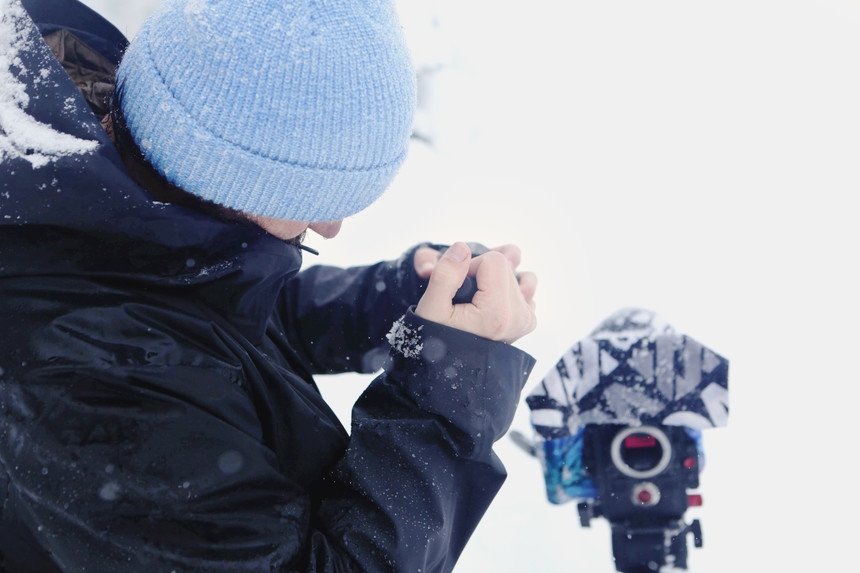
Dutch tinkering with his equipment as the white stuff keeps coming down. Nick Koldenhoven photo.
On a trip like this, it’s actually surprisingly easy to be flexible because we could essentially go anywhere, there just needed to be good snow. We are self-supported since we were camping, so we didn’t need help from the outside world we just needed to be dropped somewhere. In the end, the trip wasn’t the original plan but worked out just the same.
What’s it like figuring out which filmers and athletes will go on the trip?
DS: From an athlete perspective, we knew you can’t really get McNutt out of BC, so he was a given. Dane had the idea, so he was in. Sage had heard about it and was fired up as well, and when I talked to you, you seemed completely game for the adventure.
The entire TGR roster loved the idea and wanted to go, and it just came down to figuring out who would work well together and have a good overall group vibe. And I think in the end the group dynamics were extremely successful on this trip.

The author of this story was able to join TGR's trip to BC. And she seems to have enjoyed herself. Nick Koldenhoven photo.
For production, the creative dictated what our needs would be. We had the Phantom camera so we brought in Tim Manning, a new addition to TGR. From there, since we had four athletes we padded ourselves a bit more than usual with cameramen, bringing Matty Moo, Ben Dann, and myself. With the way the world is going with demands for social and web content, we added Nick Koldenhoven to direct and produce all the social web content.
Can you talk about the day you departed to camp, how did it go getting “far out?"
DS: [Swearing under his breath] So we were supposed to fly out on a certain day, and the heli op was pretty cavalier about everything. They told us just show up, you’ll get out, everything will be great.
Instead we roasted in the heli hanger on standby all day, waiting for a window of weather to allow us to fly. We were on standby, on edge, waiting for the call to load up. I found the day fairly stressful–waiting and not being able to do much but just sit, knowing at any second you could be running the full fire drill and flying out.
We went back to the hanger the next day, and the operation and pilots were awesome. We had a tiny window in which to get all 12 people and their gear out to camp. It was full-on once it started. We were piling gear into the heli, fully committing to the dream. There’s a bit of stress because you have to make sure everything goes. You can’t forget anything. If one backpack doesn’t make it, that could be all your batteries, or your sleeping supplies, or food, jeopardizing the success of the trip. It was definitely stressful, but we made it out of there, and once we all landed five loads later, it was kinda a "Holy shit" moment. We had made it. We were doing it. And, oh yeah, now we have to set up camp.
So you’re camping in January and trying to film?
DS: The camping aspect was actually pretty civilized despite how much it snowed. The temps were similar to when we camp in Alaska in the spring. But really it was the amount of snow that created challenges.
RELATED: Check out the Black Diamond gear that kept TGR's crew dry while filming in BC
It snowed four feet while we were there. Everyday your gear would just get wetter and wetter and we really didn’t have a way to dry things out. You would come back to camp and your feet and clothes would be soaked, and in the morning everything was an ice cube. And then the camera equipment was subject to the same problems. Every day, the lenses would be fogged, your camera sensors would have moisture in them, or the filters would be dirty, I mean everything was just soaked. On top of all of that, charging RED camera batteries in the cold is nearly impossible. So we came up with a couple different ways to charge them.
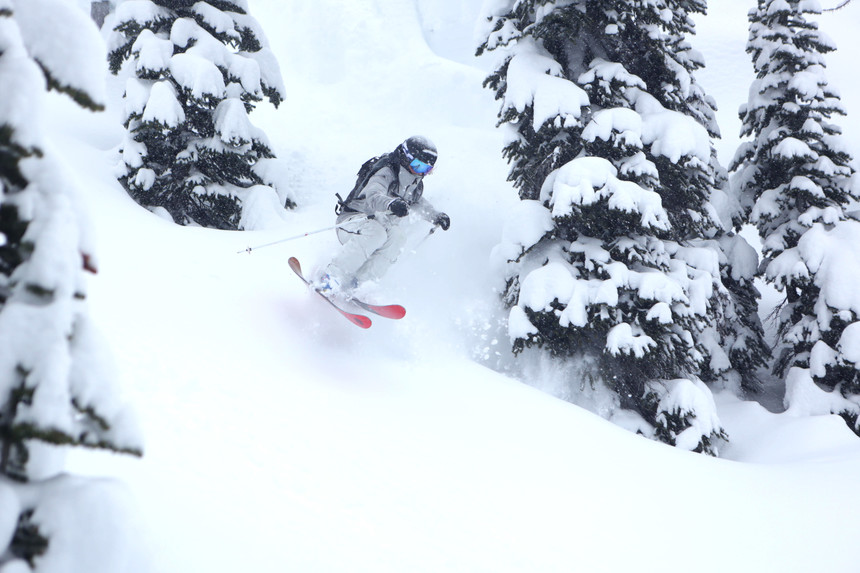
Who needs to stay warm or dry when you have endless amounts of powder? Nick Koldenhoven photo.
We had brought an electric blanket, which exploded day one. So then we moved on to taking water bottles full of hot water and putting them in a Tupperware bin with all the batteries which seemed to work, slowly. But you would never get full charges every day. So as a filmer, you had to be really picky with what moments you wanted to film. It was definitely one of the harder working environments I’d ever been in.
Even as an athlete on the trip, there were plenty of unique challenges that came with camping. But you had to deal with all the footage and all the camera equipment.
DS: Yeah, at the end of the day, the first thing we would have to do is fuel up the generators, our main power source. That was a bit of a hassle because they melt super deep in the snow so you’re trying to get fuel in them at weird angles, the plastic and metal is cold and you’re spilling gas all over yourself.
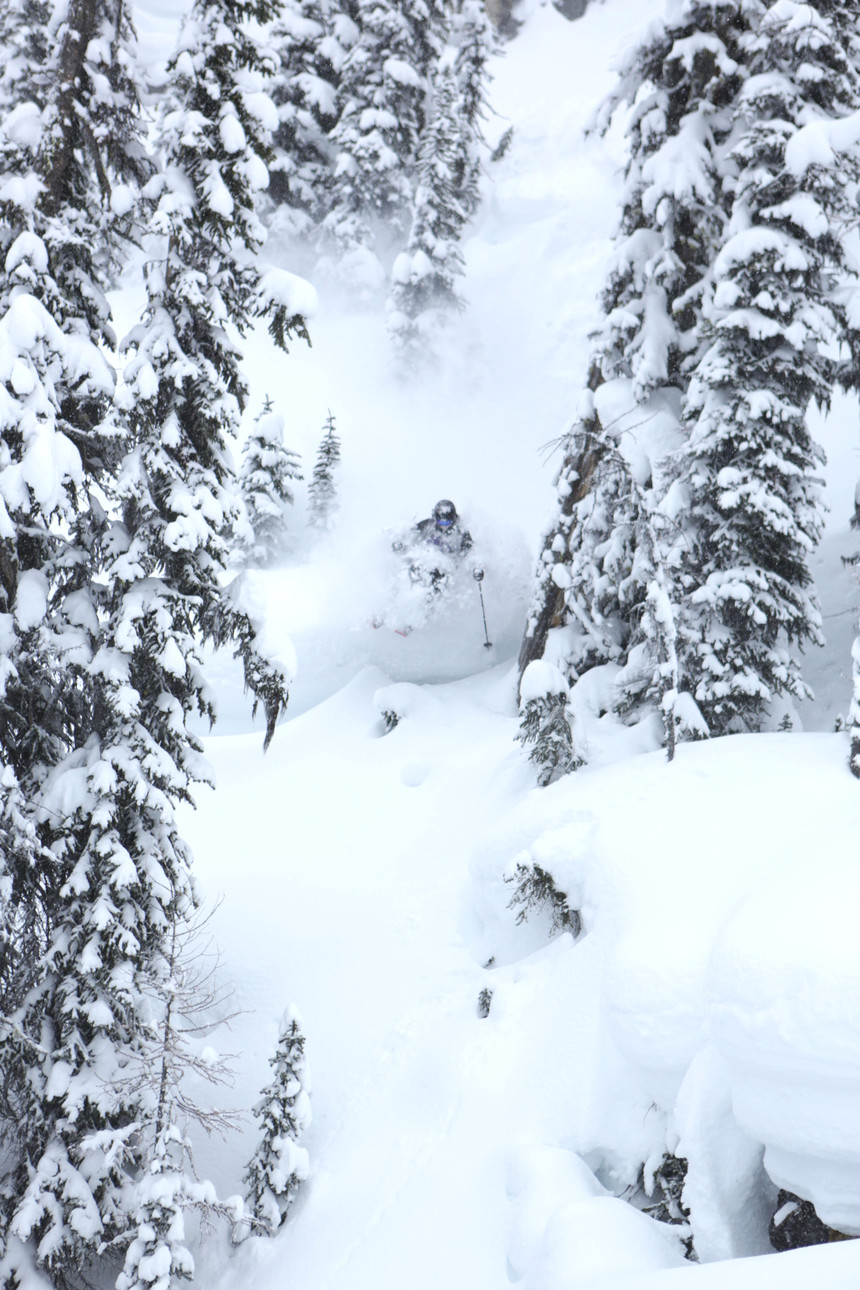
Once those were going, you have to start the offload of the day’s footage. We had two RED cameras, the Phantom, a couple DSLR’s, helmet cams and mics for each athlete and two drones. There is just so much media to offload. Nick was our digital imaging technician, so he was in charge of all the cards. At this point athletes were changing or having some downtime and we hadn’t even taken our ski boots off.
Once the cards were starting, it was on to the batteries which was like babysitting a newborn. Often times we had to just rub them for minutes to warm them up enough to even start taking a charge. You had to constantly monitor them. We had a giant dome tent for all the media. It had an inch of snow on the floor just from the foot traffic, plus all the water that would come off of our packs and cameras. During the day it would warm enough for the snow to start to evaporate, landing on the ceiling. You were just in this micro-climate snow globe of frozen rain snow hell.
But it truly wasn’t that bad. Everything just went slower. Processes that usually take five minutes when you’re at a lodge or hotel took 30 in camp. It wasn’t a suffer fest…..
What about all the festive skinning we did? This was a foot powered mission outside of the initial heli drop.
DS: [More cursing] Well, Dane was really good at setting really steep skin tracks. He’s got top-of-the-line touring gear and he’s a wolverine, so he can go up a 90-degree angled skin track without problems.
I figured I could do the same (with my old set up, and 60-pound pack) holding the camera and tripod on my shoulder. The weight transfer during a kick turn was so hard with a camera pack. There was lots of knees falling into your tips. As we talk I’m wondering if we had any fun on the trip [laughs]. But seriously, we were always laughing even with the struggles.
So, why go through the struggles?
DS: The challenge is fun. Figuring out how to charge, or defog ... how to troubleshoot each new problem as it came up. Obviously it wasn’t perfect but you just made it work. It was cool to know that we were capturing this footage in a different, and much harder way, that not many other people could–or would want to.
We had so much good footage at the end of the trip, and it gave us such a sense of accomplishment knowing we got it all despite the complicated conditions. It’s all doable, even if it’s not easy. There are a lot of things I would do differently, but I would definitely do this trip again.
Maybe next time Ian should be on the trip since it was his idea!
DS: Yeah, we joked about that a lot while on the trip. How it was partially his idea, yet while we were out there he was probably sitting in the Whistler Four Seasons, drinking a vodka soda, with someone rubbing his feet, just laughing at us.
TGR's 2018 Ski & Snowboard Film is brought to you by REI.






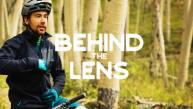
__video_thumb.jpg)


__video_thumb.jpg)

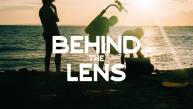

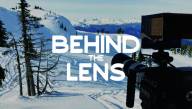

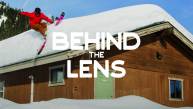
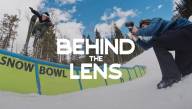
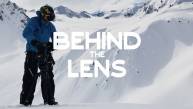
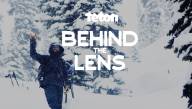
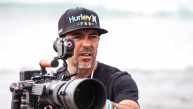
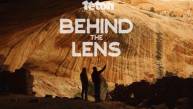

ashok
February 14th, 2018
hey what a great video that is . i really liked your video. are you interested in playing games ? if yes, then visit us at http://robuxz.magnoto.com/ for play online games on roblox.
pale738821
May 28th, 2018
january calendar 2019 excel
February calendar 2019 excel
March calendar 2019 excel
April calendar 2019 excel